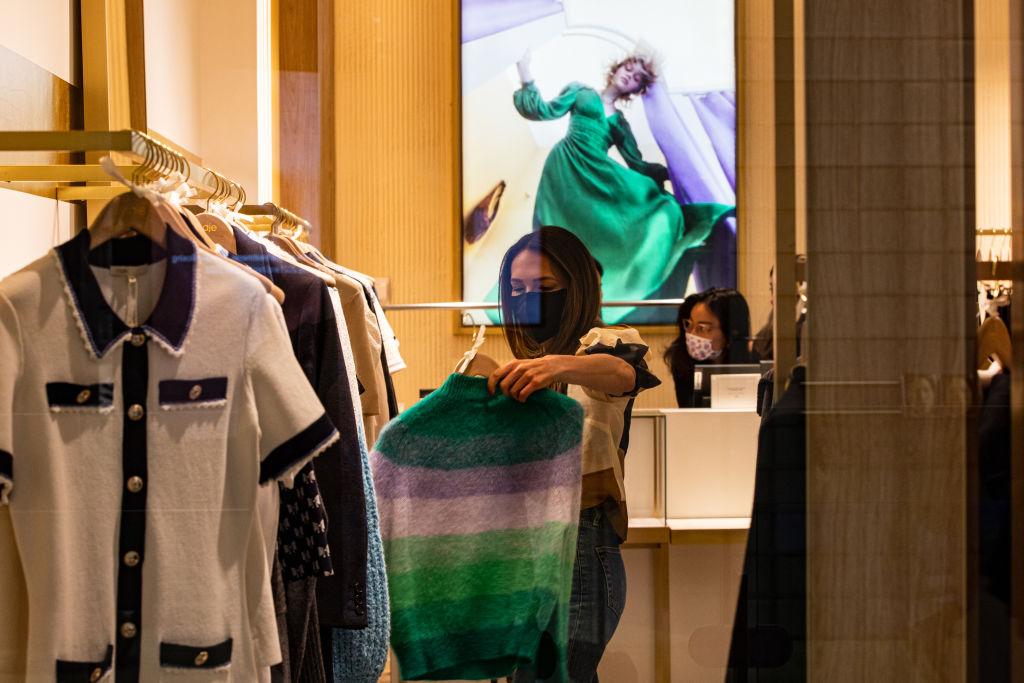Australian retail sales broke a new record in the June quarter, despite high inflation pushing up prices across industries.
According to the Australian Bureau of Statistics (ABS), retail sales volumes climbed 1.4 percent to around $94.3 billion (US$65.6 billion) in the three months to June, marking the third consecutive quarterly increase, following rises of one percent in the March quarter and 7.7 percent in the December quarter 2021.





